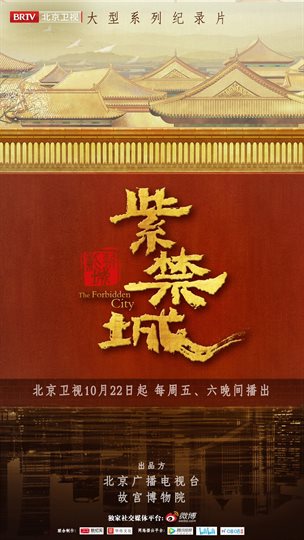50FPS版 / The Forbidden City
Looking at the general trend of development in ancient China, it is generally believed that there were four great heydays in the history of Chinese feudal society: the glory of the Qin and Han dynasties, the grandeur of the Sui and Tang dynasties, the reign of Yongle and Xuande, and the prosperity of the Kangxi and Qianlong dynasties. The last one took place entirely in the Forbidden City and was also the most developed and prosperous heyday in Chinese history. After 74 years of governance by Kangxi and Yongzheng, the Qing Dynasty had already shown a prosperous atmosphere. Qianlong inherited a foundation that all emperors envied. The task left to Qianlong by history was to "continue the legacy of his father and grandfather" and push the Qing Dynasty to the highest point of prosperity.
The first major decision made by Emperor Qianlong after he ascended the throne was to exempt agricultural taxes that had been in arrears for many years across the country. This was a policy of great impact on the people in a traditional society where agricultural taxes were the main source of fiscal revenue. In the agricultural era, population was the most valuable resource. During the 60 years of Qianlong's reign, China's population increased by 108%. In 1795 AD, China's population during Qianlong's reign was close to 300 million, accounting for 34.06% of the world's population.
At that time, the Qing Empire's national fiscal reserves reached an unprecedented peak. The Qianlong Dynasty's silver reserves remained above 70 million taels for decades, and once reached 80 million taels. In terms of the strength of the central fiscal system, the Kangxi and Qianlong eras became the historical peak of China's agricultural civilization. With the unprecedented wealth of the Qing Empire, the Forbidden City was continuously built into the world's most exquisite and unique ancient palace complex.
After 15 years of reign, Emperor Qianlong decided to follow the example of his grandfather Kangxi's southern tour and inspected the river works, inspected the people and officials, and rewarded the gentry and tax collection. Qianlong, who was inspired by poetry, wrote more than 520 poems. The "Qianlong Southern Tour" was drawn by Suzhou painter Xu Yang in 12 volumes in chronological order based on the principle of "drawing the poems by the emperor" and with a total length of 154.17 meters, which condensed the golden age of the prosperous Qing Dynasty.
"Revising history during the change of dynasties" and "Revising books during the prosperous times" are the cultural traditions that have continued for thousands of years in China. For a ruler, revising books is the project that best reflects the emperor's ability. Qianlong was determined to include all the cultural achievements in China's history and compile a magnificent "Siku Quanshu". This book took thirteen years to compile, and its content covers almost all academic fields and academic achievements in ancient China: astronomy and geography, human ethics, literature, history, philosophy, natural arts, economy and politics, education and imperial examinations, agriculture, fishery, animal husbandry, and medicine. In the 41st year of Qianlong's reign, in 1776 AD, Emperor Qianlong, who loved Jiangnan, rebuilt the library of the Forbidden City, Wenyuan Pavilion, in the style of Ningbo's "Tianyi Pavilion". In the same year, 36,300 volumes of the "Siku Quanshu" were solemnly placed in Wenyuan Pavilion.
Immersed in the heyday of the Qing dynasty, Emperor Qianlong’s vision always saw the ambition of Emperor Shunzhi to establish his capital in Beijing, the epic achievements of the Kangxi and Yongzheng eras, and his own achievements in expanding territory, pacifying the borders and pacifying the people. But what he could not see was the country that his successor took over, the prosperity and splendor created by the empire, which had already gone to the last sunset of China’s agricultural society in the face of the rolling tide of the times...










































